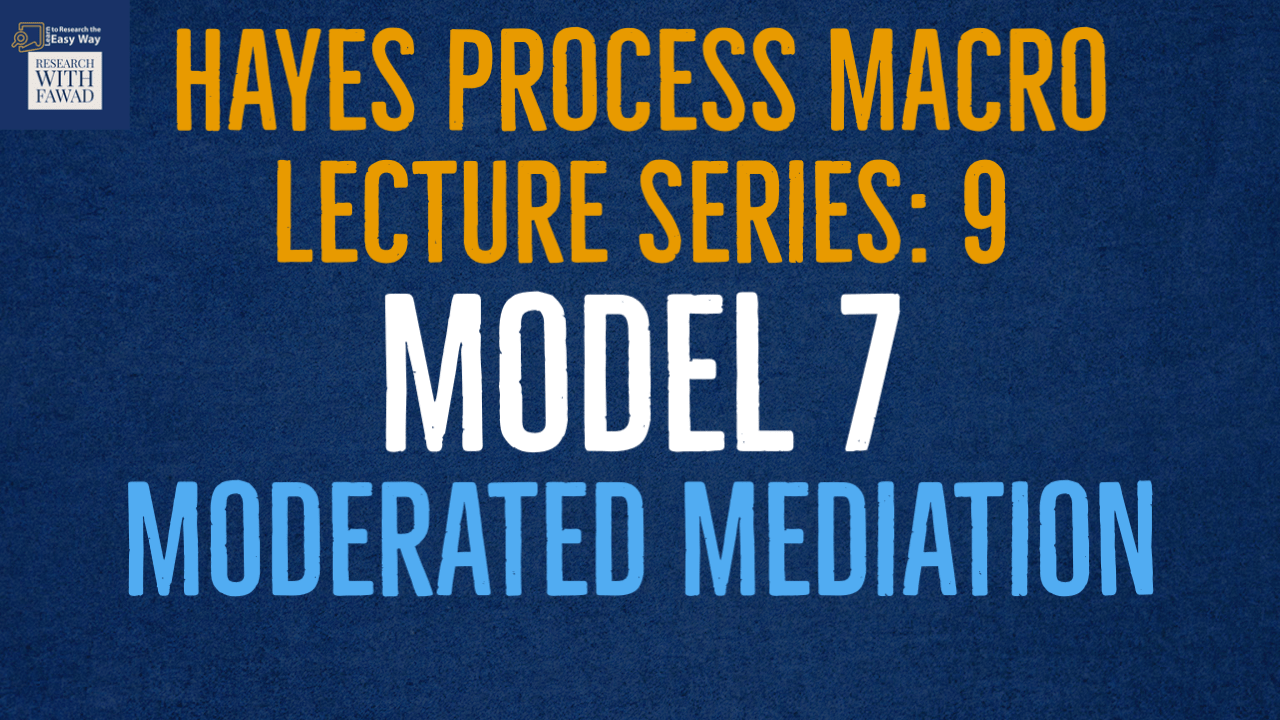
Hayes Process Macro - Lecture Series
The tutorial will guide on Model 7 of the Hayes Process Macro for Moderated Mediation.

The tutorial will guide on Model 7 of the Hayes Process Macro for Moderated Mediation.
Step 3: Select Option Button, and Choose the options as shown in the figure below and then Press Continue
Following table can be utilized to presented moderated mediation analysis results. The scholar(s) may develop different hypotheses based on the moderated mediation model including direct and indirect hypotheses.
For example, i am presenting a sample write-up for moderated mediation hypothesis.